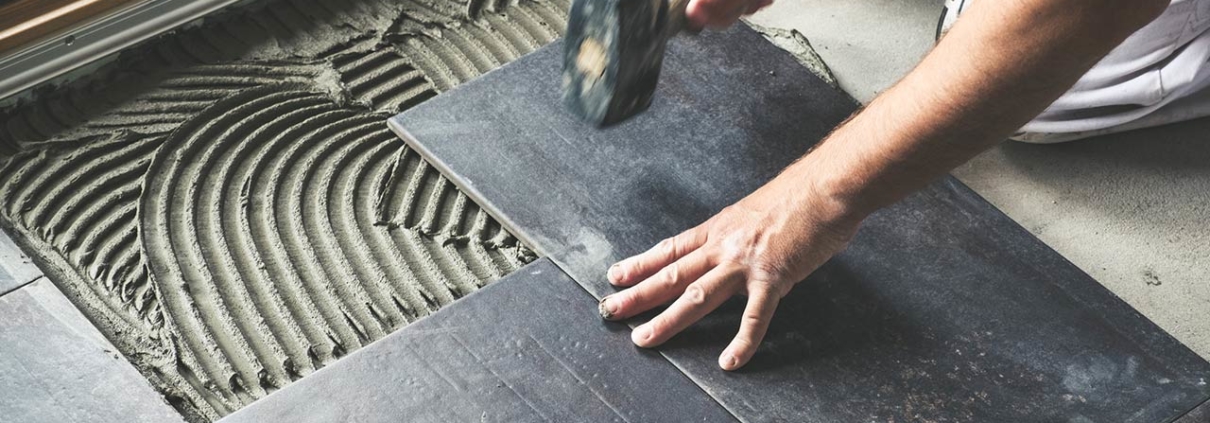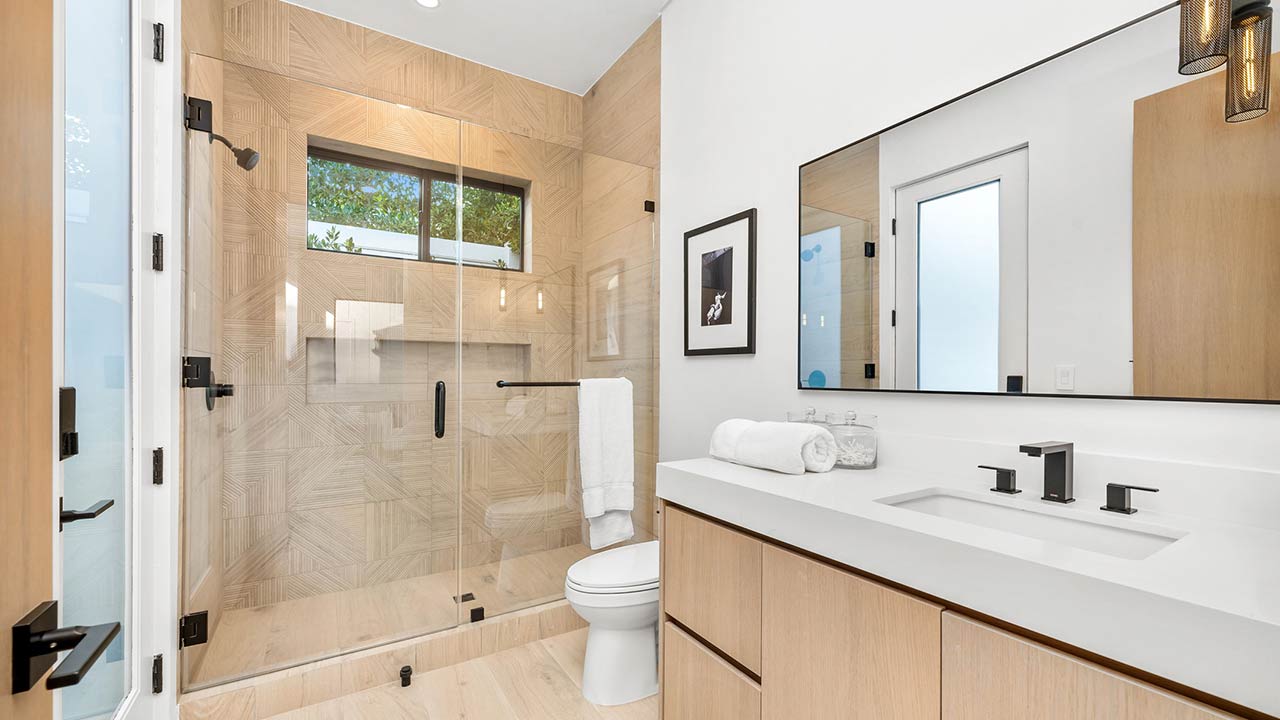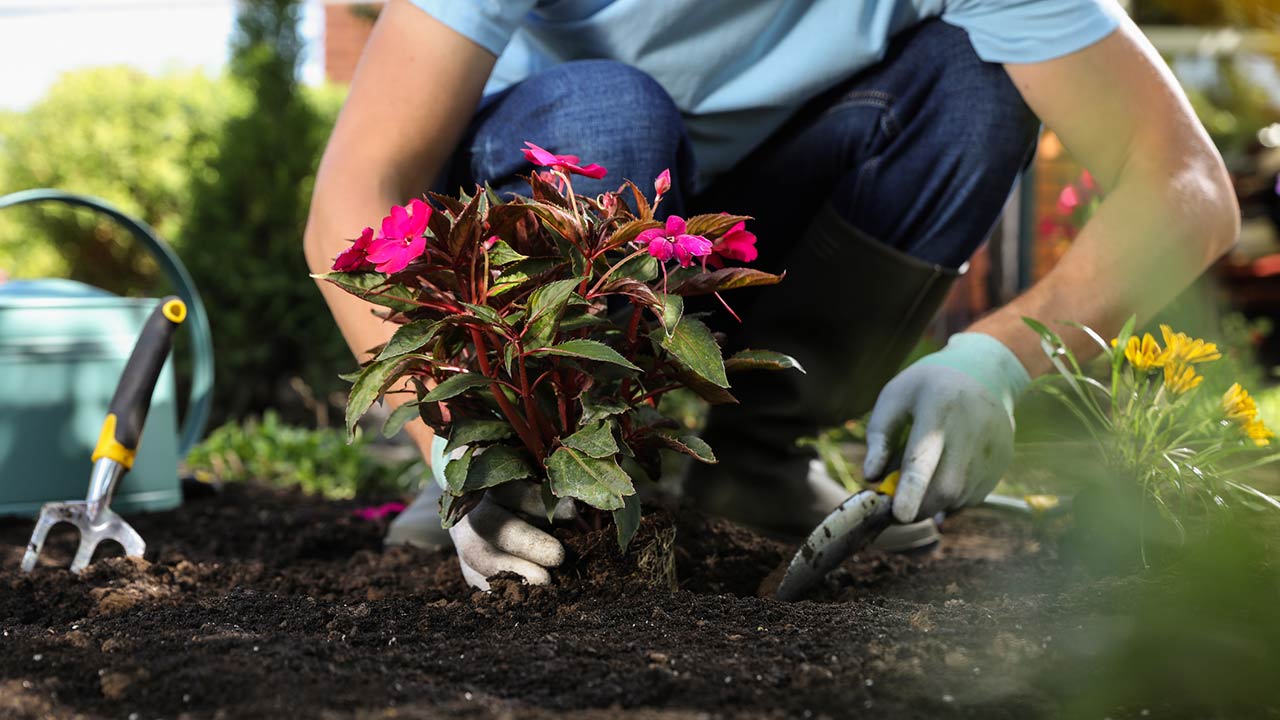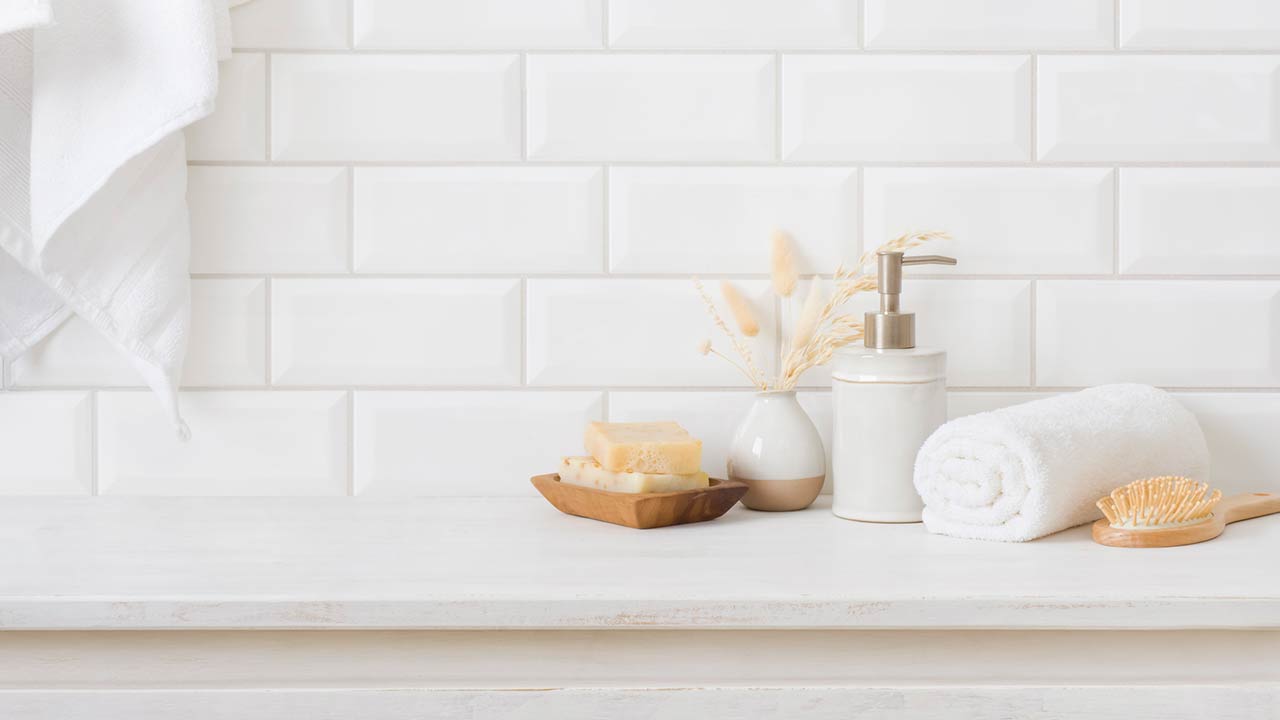Bathroom Remodeling Do’s and Don’ts
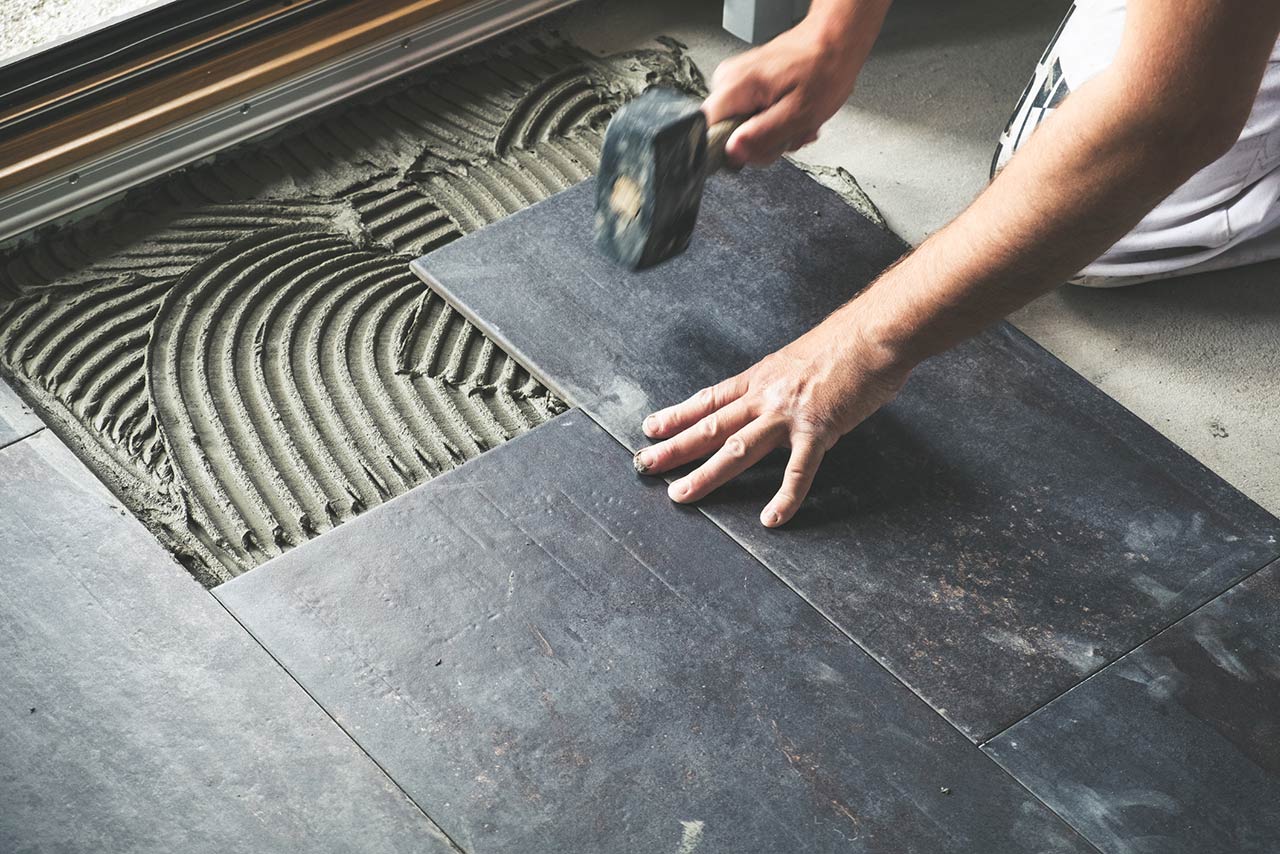
It’s a small, unassuming space, but it’s a crucial one nonetheless. Bathrooms are one of the more important rooms that can add a great deal of value to a home if they’re modernized and up-to-date, not to mention bring years of comfort and pleasure to those who use it.
If your bathroom is currently in need of a little TLC, a remodeling job is probably on the agenda. But before you start the demolition process, make sure you’ve done your homework on what you should – and shouldn’t – do to bring this space up to par.
Here are some do’s and don’ts to bathroom remodeling to consider to make sure the final product is exactly what you want without breaking the bank.
DO
Choose Appropriate Finishes
A bathroom remodeling job can be pretty involved and expensive. The last thing you want to do is have to go through the process all over again in a few years because the materials and finishes you chose were too trendy and quickly became outdated. Try to stick with more classic, neutral finishes that are stylish yet will stand the test of time.
Similarly, you want to make sure the materials and finishes you choose are right for a bathroom. For instance, porcelain tile is an ideal material for any bathroom floor, as it’s a lot harder than ceramic tile and comes in a variety of sizes, colors, patterns, and shapes.
For the walls, you’ll have your pick of the litter when it comes to materials, including ceramic, natural stone, and glass. As far as the countertop goes, popular materials include granite, quartz, and marble, which can easily ward off the effects of water and moisture, and are extremely durable.
Maximize Storage
Storage is often elected in a bathroom remodel. While your home might have a linen closet nearby that’s big enough to house all of your towels and face cloths, you might want to have ample storage right in the bathroom itself for toiletries such as toilet paper, soap bars, tissue boxes, cleaning solutions, makeup, shampoo, and so forth. Consider adding a full vanity or built-in shelving.
Update the Ventilation System
Built-up moisture can wreak havoc in a small space like a bathroom. Having an adequate ventilation system can easily and quickly expel any steam and foul odors, and is a critical component of this space.
During the remodeling process, consider updating your ventilation system at the same time by installing a ceiling-mounted vent fan or a combination fan/light fixture that does double duty. Just make sure not to allow the fan to exhaust into the attic or crawl space, as this will allow moisture to cause mold and mildew build up in these enclosed spaces.
Install Water-Efficient Products
Any effort you can make to cut back on water usage can save you money and can help ease the water shortage crisis that the state of California continues to be plagued with. During a bathroom remodel, consider swapping your old fixtures with water-saving models that cut back on the amount of water used. From toilets, to shower heads, to faucets, you can ensure your water usage is a minimum of 20% more efficient.
DON’T
Take on a Job Out of Your Scope
You might be handy, but there are likely certain jobs that you aren’t skilled enough for. Taking on a job in an effort to save money that would otherwise be spent paying a professional can wind up in disaster if you don’t know what you’re doing.
The skill and expertise needed to design and remodel a bathroom is typically beyond the scope of the majority of DIYers and should be left to the experts, especially when dealing with the plumbing and ventilation. Stick to simpler jobs like ripping out tiles, painting, and decorating.
Forget About the Design Plan
The layout of your new bathroom should be designed with the people who will be using it most in mind. For instance, a master en suite might include more high-end finishes and components, such as the addition of a heated floor, glass-enclosed walk-in shower, and lots of fancy light fixtures.
On the other hand, a shared kids bathroom might include a double sink, no-slip tile, and a bathtub. A guest bathroom might include extra shelving and storage to provide enough space to store their things.
Forget to Budget For Unexpected Surprises
Just like any other type of remodeling job, it’s always important to budget accordingly and allocate enough money to cover unexpected problems and costs. You might discover major water damage after ripping out the drywall and flooring, which will cost money to rectify.
You may even come across a vent stack or plumbing lines inside a wall that you assumed could be ripped down. While an experienced contractor will be able to pinpoint most issues beforehand, you just never know what you’re going to find when the demolition starts, which is why it’s helpful to add another 10% to 15% on top of your budget to accommodate for these issues.
The Bottom Line
You can add tremendous value and enjoyment to your home by remodeling your bathroom if the job is done right. Be sure to heed the above tips so you don’t wind up disappointed with the end result or stuck making major alterations after the job is done.

